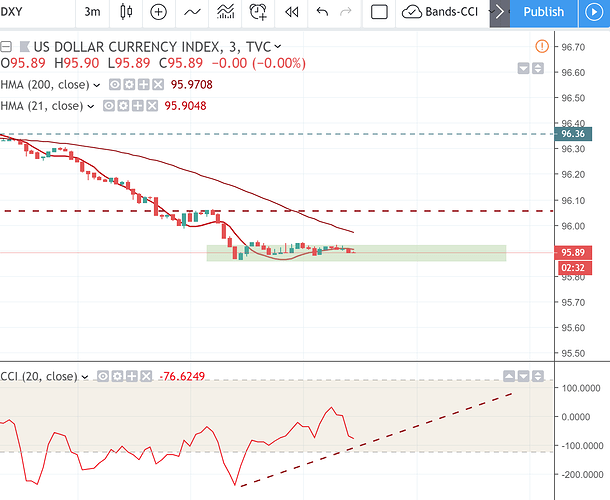What Is A Bond’s Yield Curve?
There has been so much talk about the inversion of the yield curves both in the US and in many other countries. In this article, I will explain what the yield curve really communicates and what are the potential implication depending on its slope.
The Basics — What’s A Bond And Its Yield
Governments or corporations around the world finance large portions of their expenses aimed at financing/maintaining projects or refinancing existing debt through the issuance of bonds also referred to as fixed income securities. A bond can be understood as an I.O.U (I Owe You) that includes the details of an agreement and conditions under which to return the principal capital borrowed plus the payment of interest to the lender. The interest rates in a bond transaction can be paid in variable or fixed terms.
Bonds can have different maturities. We call money markets those bonds with high liquidity and maturity or duration below 1 year for financing needs in the very short term. We could call the bonds in a portfolio that consists of average maturity of one year as short-dated fixed income. Then we have the medium-dated bonds with an average maturity of three years. Lastly, the long-dated bonds consist of average maturity six years or longer.
There are two core elements as part of the value of a bond. The first one is the pricing of the bond coupon. Below, I illustrate the 10-yr US government bond (candles), which currently stands at a value of 103 15’ 6. The higher the bond pricing goes, the more demand exists to own the bond, therefore the equilibrium between demand and supply must meet at a higher point. When a bond experiences high demand, the interest rate needed to be paid in exchange for the debt financing needs is lower in inverse proportion to the increase in the bond price. Conversely, if there is scarce demand for the bond, the price will adjust lower and interest rates will go up, as the bond issuer must provide a greater incentive through rates to attract new bondholders.










